Introduction
Collaboration facilitates innovation, efficiency and common goals. Propose proper books on collaboration: there are good insights given in some well-recognized book that can work for you. Below are the top 7 books on how to create or increase teamwork between team members. – Collaborative Working

Benefits of Mastering Collaborative Working
These are few of the benefits you could have after mastering collaborative working:
- Improved Creativity and Innovation: Collaboration collects different experiences which bring a lot more innovative solutions and creativity to problem solving.
- Improved efficiency – it just makes more sense to share what you are doing well and help each other, leading to less repetition of efforts.
- Builds Stronger Team Relationships: When you are working in a collaborative way, if further encourages trust among team-members which builds better bridges and leads to advanced morale.
- Improved Problem-Solving: Teams that cooperate can better deal with difficult challenges through synergy of skills and experience.
How Books Can Help in Enhancing Collaborative Working
Books like collaborative working can offer some great resources and materials on how to work in a team.
- Practitioner Experience: Books provide illustrative experiences of collaboration from other practitioners and experts.
- Tackticals: This offer is all about how we can do team collaboration better, Practical Strategies and techniques.
- Practical, Real-World Examples: Books that provide studies and examples of successful collaboration are designed to highlight the benefits in a way you can translate it into practical outcomes.
- Developing teamwork: Books also help you develop some essential collaboration skills including but not limited to communication, conflict resolution, team building and so on.
Reading books like “Team of Teams” and “The Culture Code” can significantly improve your ability to foster effective collaboration within your team.

1. “Team of Teams: New Rules of Engagement for a Complex World” by General Stanley McChrystal
General Stanley McChrystal wrote the book, Team of Teams which elaborates on how his collaborative teams outperformed traditional hierarchical models. McChrystal, using his experience running U.S. Special Forces as proof, shows how adaptability can reshape businesses.
- Why This Is Important: The book offers specific tactics, for developing team work in complex arenas so is beneficial to leaders wishing to improve the efficiencies of collaboration.
- Key Takeaways:
- Decentralized Decision-Making: Promotes the ability to fast-turn decisions by empowering team members of all levels.
- Common Understanding: Stresses the need of a common conception among team members to coordinate interlocking efforts and purposes.
Quote: “The only way to achieve real change is to address the underlying issues and create a culture of continuous improvement.”
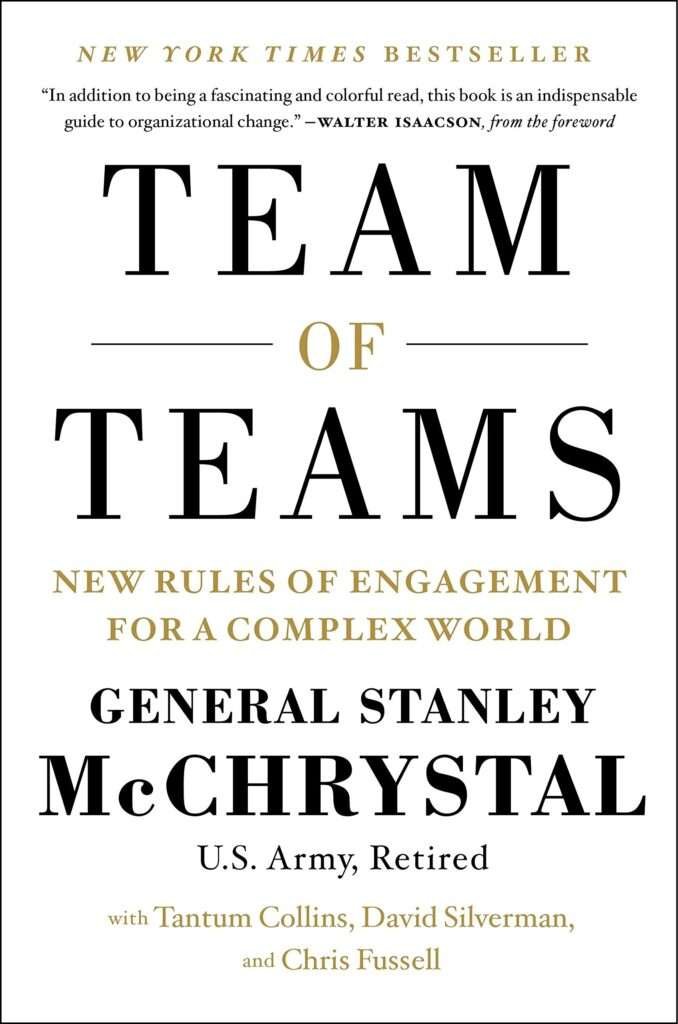
2. “The Five Dysfunctions of a Team: A Leadership Fable” by Patrick Lencioni
Via The Five Dysfunctions of a Team: A Leadership Fable, best-selling author Patrick Lencioni identifies the root causes that breed politics and create dysfunction in teams, with powerful suggestions for overcoming these human tendencies. It does this through a fable format that explores the main team dysfunction areas and gives detailed advice on how each can be fixed.
- Why This Is Important: It is one of the most important books to help avoid all those things that can make working in teams hell, and start guiding them towards being better at their work.
- Key Takeaways:
- Trust – Discusses trust as the cornerstone of strong teams.
- Cultivating Conflict: Helps you breed good conflict and dialogue to grow a healthy team.
Quote: “The greatest competitive advantage any company can achieve is to build a cohesive team.”
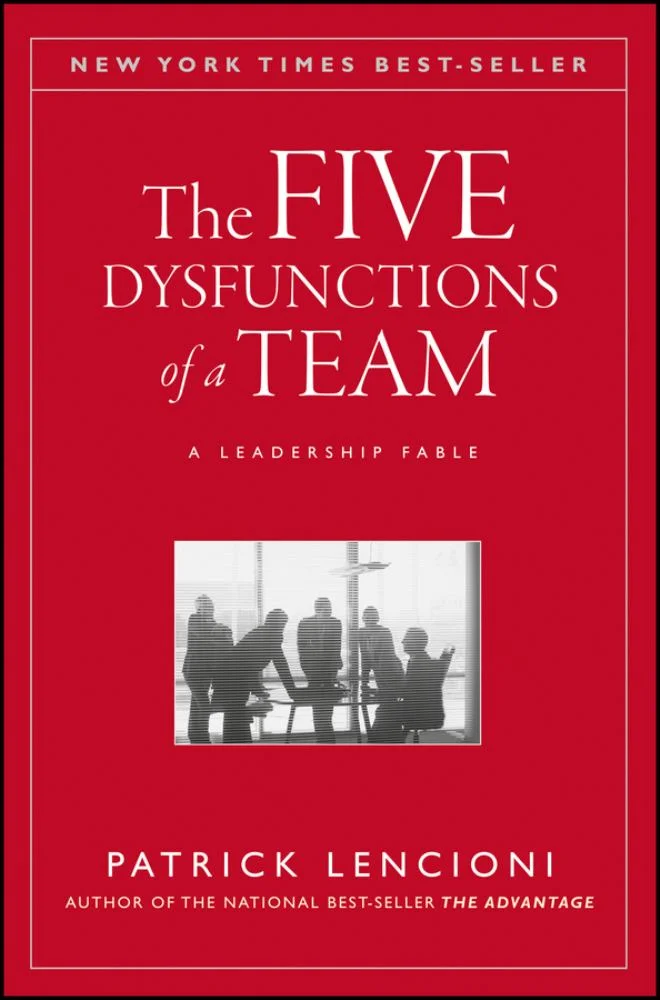
3. “Collaborative Intelligence: Using Teams to Solve Hard Problems” by J. Richard Hackman
Another book about working in teams but this one from the perspective of science—Collaborative Intelligence by J. Richard Hackman digs deep into how we work best to solve problems together with others on your team, and not just individually. It will be of interest to how teams can work and use their collective intelligence for solving complex problems.
- Why It’s Important: Hackman’s empirical approach to research gets you closer inside the dynamics of teams leading to improved problem-solving and innovation.
- Key Takeaways:
- The Team Composition explains why a mix of different abilities and points-of-view enhance team effectiveness.
- Effective Communication: underscores the importance of communication in enhancing teamwork and team goalsachievements.
Quote: “Teams are more than just a collection of individuals; they are a powerful collective intelligence.”
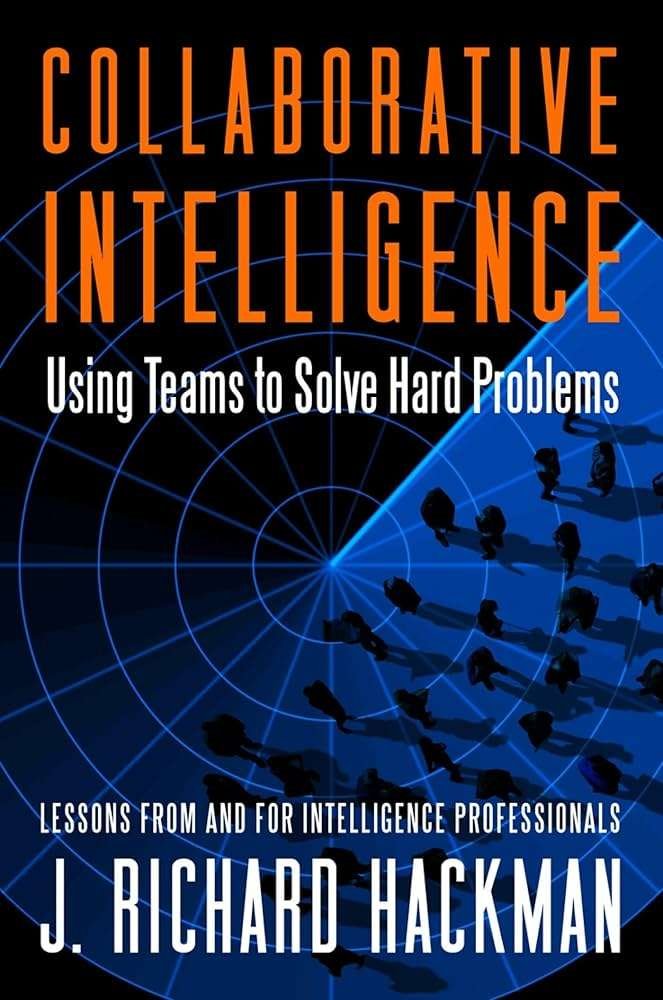
4. “The Culture Code: The Secrets of Highly Successful Groups” by Daniel Coyle | Collaborative Working
The Culture Code, by Daniel Coyle, delves into what makes high-performing groups tick. The book tells about the main ingredients which develop a good and high performing team culture to facilitate collaboration.
- Why You Need to Read It: Coyle offers pragmatic advice on how to create a positive team culture where people are encouraged to collaborate and innovate.
- Key Takeaways:
- Safety and Belonging: Explains the necessity of holding onto accommodating surroundings that fabricate a feeling that the group members are acknowledged.
- Common goals: Here is where a focus on shared purpose comes in — Read how having common goals reinforces team structure and success
Quote: “The greatest success of a group is to create an environment where everyone feels safe, included, and empowered to contribute.”
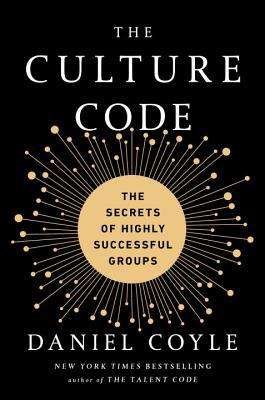
5. “Creativity, Inc.: Overcoming the Unseen Forces That Stand in the Way of True Inspiration” by Ed Catmull | Collaborative Working
In Creativity, Inc., Ed Catmull explains how his team at Pixar Animation Studios creates a culture that encourages and sustains creativity. Catmull offers some insights with his theories of leadership, team management, and innovation that have had been part responsible for the huge success at Pixar.
- Why It Matters: One of the leading factors that make this book significant is its focus on fostering creativity and collaboration within teams using examples from Pixar to demonstrate what a high-functioning culture looks like.
- Key Takeaways:
- Feedback and Growth – focuses on constructive feedback, improvement in an environment suitable for collaboration.
- The Creative Culture: How to build a culture that fosters risk & innovation
Quote: “The secret of Pixar’s success is not just its talent but its commitment to building a culture where creativity can thrive.”
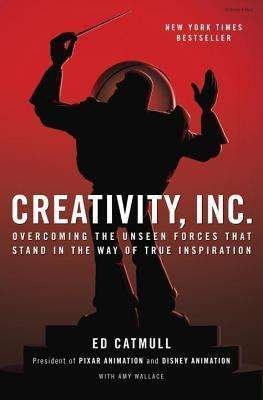
6. “The Art of Collaboration: How to Manage Interpersonal Relationships to Achieve Success” by G. Richard Shell | Collaborative Working
The Art of Collaboration, by G. Richard Shell (which is more geared towards the interaction issues associated with collaboration & how to engage in relationships that yield beneficial results). The book contained actionable tips on how to form working relationships that are going to stay the course.
- Why It Matters: As a book on managing people and building healthy relationships, Shell provides insightful tips to enable both sides of every equation.
- Key Takeaways:
- Relationship Management – Offers ideas for how to manage and enhance relationships with other people in a team.
- How to Negotiate Not everything is as perfect and seamless like the negotiations of buying a new car Support How can I solve conflict?
Quote: “Effective collaboration is built on strong relationships and the ability to navigate interpersonal dynamics.”
7. “Group Genius: The Creative Power of Collaboration” by Keith Sawyer | Collaborative Working
Group Genius (Keith Sawyer): In Group Genius, Keith tackles the question of how collaboration drives creativity and innovation. Using research and case studies, the book covers collaborative work that can point to innovative approaches as well.
- Why we need it: By diving into the collaborative capacity for innovation in teams, Sawyer illustrates how human groups can leverage their combined intelligence to make change happen.
- Key Takeaways:
- Group Creativity and Problem-Solving: Explains processes to stimulate high quality collective problem-solving.
- Innovation and Synergy: A summary of the positive effects teamwork can have for innovation, synergies in teams.
Quote: “Collaboration is the key to unlocking the full creative potential of a group.”
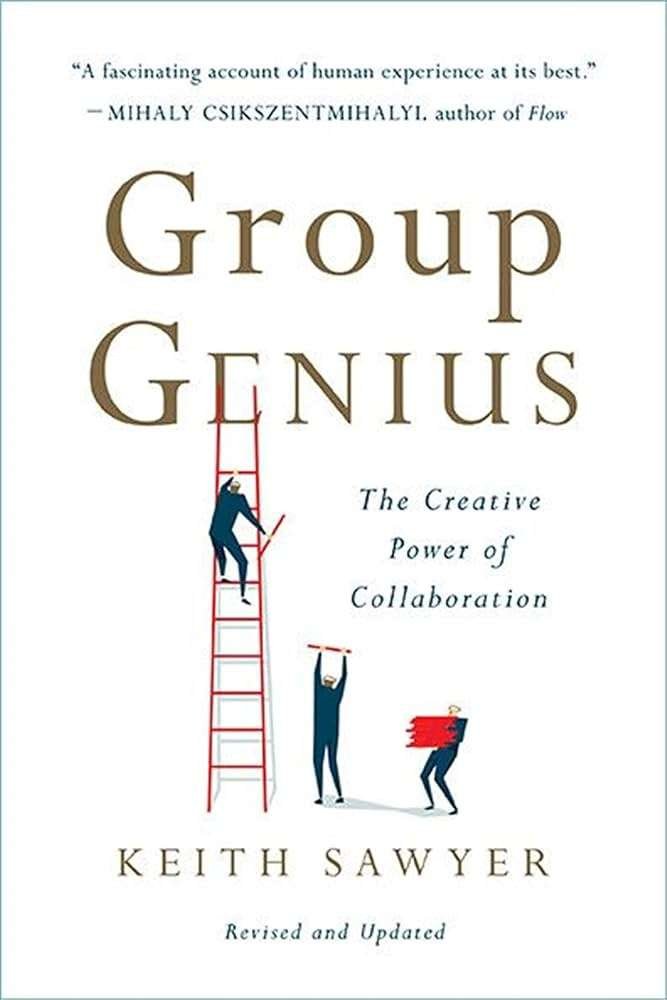
Conclusion | Collaborative Working
Those 10 books on collaborative working need no introduction and me investing time in them will help you with tools, strategies to make your team work even better leading towards a significant success. These books can really open your eyes to the dynamics of effective collaboration and a positive team culture, which are key ingredients for increased synergy and innovation in your teams.
FAQs | Collaborative Working
1. What are the key benefits of collaborative working?
Answer: Collaborative working offers several significant benefits:
- Enhanced Creativity and Innovation: Bringing together diverse perspectives and expertise can lead to more creative solutions and innovative ideas.
- Improved Efficiency: Collaboration helps streamline processes and reduce redundancies, leading to greater efficiency and productivity.
- Stronger Team Relationships: Working closely with others builds trust and camaraderie, fostering a supportive team environment.
- Increased Problem-Solving Abilities: Teams that collaborate effectively can tackle complex problems more efficiently by leveraging their collective knowledge.
Books like “Group Genius” and “The Culture Code” provide insights into how collaboration can enhance creativity and problem-solving.
2. How can reading books improve collaborative working within a team?
Answer: Reading books on collaborative working can significantly enhance team collaboration in several ways:
- Expert Insights: Books offer expert advice and proven strategies for effective collaboration, helping teams implement best practices.
- Practical Tips: They provide actionable tips and techniques that can be directly applied to improve team dynamics and collaboration.
- Real-World Examples: Many books include case studies and examples of successful collaboration, providing practical lessons and inspiration.
- Skill Development: Books help develop essential skills such as communication, conflict resolution, and team building, which are crucial for effective collaboration.
Books like “The Five Dysfunctions of a Team” and “Collaborative Intelligence” offer valuable guidance for improving collaborative practices.
3. What are common challenges in collaborative working, and how can they be addressed?
Answer: Common challenges in collaborative working include:
- Communication Issues: Misunderstandings and lack of clear communication can hinder collaboration. To address this, establish clear communication channels and regular check-ins.
- Conflict Resolution: Conflicts may arise during collaboration. Promote open dialogue and use conflict resolution strategies to address issues constructively.
- Trust Building: Lack of trust can affect collaboration. Build trust by encouraging transparency, recognizing contributions, and fostering a positive team environment.
- Diverse Perspectives: Managing different viewpoints can be challenging. Embrace diversity and use it to drive innovation by ensuring all voices are heard and valued.
Books like “The Art of Collaboration” and “Team of Teams” provide strategies for overcoming these challenges.
4. How can “The Culture Code” help in building a successful collaborative team?
Answer: “The Culture Code” by Daniel Coyle offers valuable insights into creating a successful collaborative team by focusing on:
- Safety and Belonging: The book emphasizes the importance of creating a safe environment where team members feel valued and included, which fosters collaboration.
- Purpose and Direction: It discusses how establishing a shared sense of purpose and clear goals enhances team cohesion and effectiveness.
- Cultural Factors: The book provides strategies for building a positive team culture that supports collaboration and drives success.
By implementing the principles from “The Culture Code”, teams can create a collaborative environment that enhances performance and morale.
5. What is the impact of collaborative working on team performance and innovation?
Answer: Collaborative working has a positive impact on team performance and innovation:
- Enhanced Team Performance: Effective collaboration leads to improved efficiency, better decision-making, and higher-quality outputs as team members leverage each other’s strengths.
- Increased Innovation: Collaboration fosters creativity by combining diverse ideas and perspectives, leading to innovative solutions and approaches.
- Greater Problem-Solving Capabilities: Teams that collaborate well can address complex problems more effectively by pooling their knowledge and expertise.
Books like “Creativity, Inc.” and “Group Genius” highlight how collaborative working can drive performance and innovation.
Check Out The Sources
Check Out More



